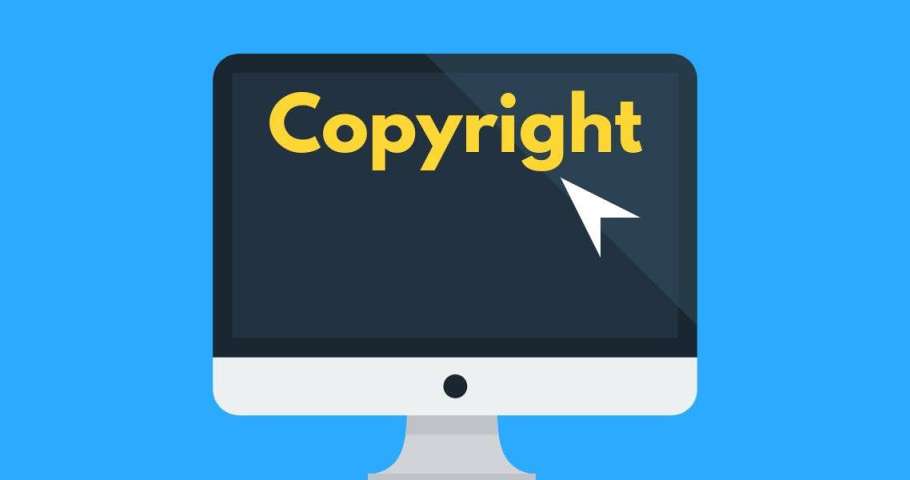Licensing of creative content like cinematographic films or sound recording through digital platforms forms an integral part of the entertainment business. This post is in continuation of our previous post about the structure of a Digital Licensing Agreement. In addition to the definitions, grant of license and the consideration clauses in a standard license agreement, the parties must ensure that the following clauses are also included in the Digital License Agreement:
Representations and Warranties : It is essential to…






